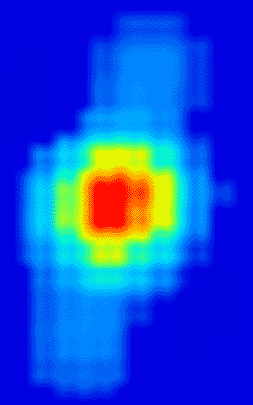V4641 Sagittarii

V4641 Sgr imaged just after emitting an outburst in the radio band. Jets, which lasted only minutes, are visible. Image: VLA.
V4641 Sagittarii (V4641 Sgr) is the nearest known microquasar and black hole to the Sun, at a distance of about 1,500 light-years. V4641 Sgr is a binary system consisting of a black hole primary of about 10 solar masses and a normal secondary star of 5–8 solar masses. The pair has an orbital period of 2.8 days and at quiescence has an apparent magnitude of 13.8. In 1999 V4641 Sgr underwent a very strong but very short outburst. Radio observations revealed relativistic jets associated with this outburst. During another outburst in 2002, the RXTE satellite observed a strong X-ray flux. Amateur astronomers observed it at optical wavelengths, and afterwards when it returned to the quiescent state. This period was marked by very short, powerful flares, particularly at quiescence. Makato Uemura and his colleagues (Pub Ast. Soc. Japan, May 2002) have suggested this was due to synchrotron radiation in the inner disk near the black hole's event horizon, as the powerful and turbulent magnetic field of the black hole underwent recombination.


